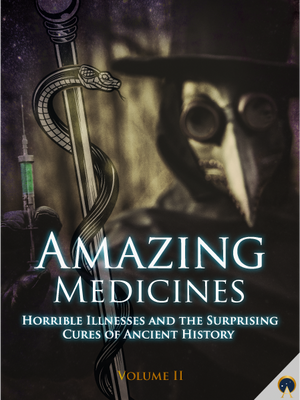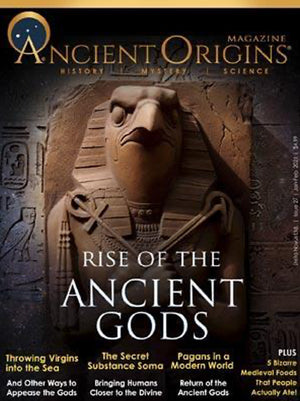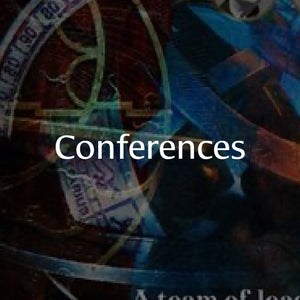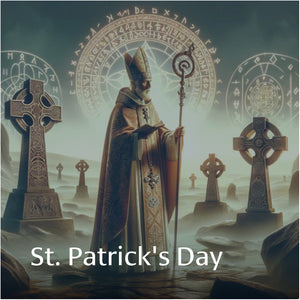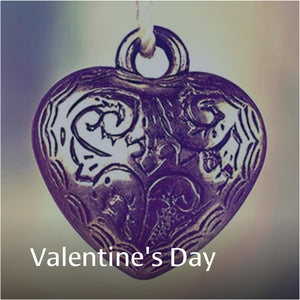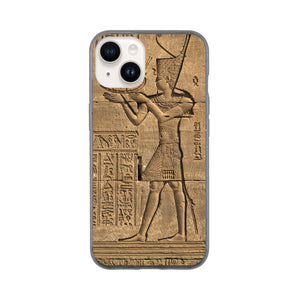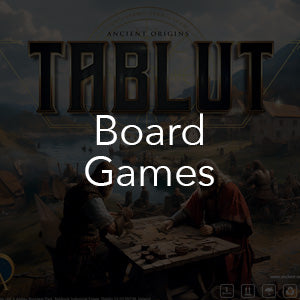
Digging for Asherah
- Regular price
- $10.00
- Sale price
- $10.00
- Regular price
-
- Unit price
- per
-
Product Information
Her name was Asherah and for thousands of years, she was venerated by women and men alike as the supreme mother goddess. In 1928, a second millennium “Canaanite” port city called Ugarit, in today’s northern Syria, was the site of a major excavation that unearthed a veritable treasure-trove of cuneiform alphabetic texts which featured the mythology of the region. For hundreds of years before Abraham (ca 2200-1700 BC) migrated to what would become known as Israel, Asherah was revered as Athirat, Earth Mother and Fertility Goddess. Upon entering the region, the ancient Israelites soon adopted her and gave her the Hebrew equivalent name of Asherah. The Ugarit excavation put Asherah—the goddess—on the map again after having lost her place for thousands of years.
But who was Asherah to the ancient Israelites? And why is she often paired with Yahweh, their supreme god? Historians and archeologists have pieced together Asherah’s narrative finding large chunks of it interwoven in the artifacts from the region and in the sacred scriptures of the Hebrew Bible itself. Because evidence suggests that Asherah was observed in ancient Israel and Judah as early as the 12th century BC to a few decades before the fall of the southern kingdom of Judah (ca 587-588 BC), the focus will be on this pre-exilic period.
Researching the presence of a Hebrew goddess begs the question: how monotheistic were the pre-exilic Israelites and Judeans? The very notion of polytheism is inherent in the quest for Asherah. Moreover, the many artifacts representing Asherah and her cult from the region belies the biblical prohibition against the creation of idols. While discussing the intricacies of the Bible is beyond our scope, a portion of the research associated with the Bible pertaining to Asherah, the goddess, and asherah, her cult symbol will be assessed. Moreover, the significant roles of women within the cult will be reviewed as will comparisons made between the folk religion of the illiterate class versus the book religion of the elites.
With an emphasis in Women’s Studies, Mary Naples earned an M.A. in Humanities from Dominican University of California in 2013. Her master’s thesis: “Demeter’s Daughter’s: How the Myth of the Captured Bride Helped Spur Feminine Consciousness in Ancient Greece,” examines how female participants found empowerment in a feminine fertility festival. Her deep love of the classical world is reflected in her writing which explores women’s narratives ranging from the ancient Greek and Roman worlds into the Byzantine era and even into ancient Israel and Judea. After a career in high-tech, Mary lives in Sausalito, California with her husband and cat, Maddie. There she has a collection of books on the classical world and a garden with a Cretan-styled labyrinth.

